Dakar is an album credited to jazz musician John Coltrane, released in 1963 on Prestige Records, catalogue 7280. Dakar is a reissue of one side of a 16 rpm LP called Baritones and French Horns released in 1957, and originally credited to the “Prestige All Stars”.
As Coltrane’s fame grew during the 1960s after he had stopped recording for Prestige, the record company assembled and reissued varied Coltrane recordings with his name prominently displayed, though in many cases, as on Dakar, he had originally been a sideman (Wikipedia).
AllMusic Review by Lindsay Planer:
Dakar (1957) presents half-a-dozen numbers recorded April 20, 1957 by an ensemble credited as the “Prestige All-Stars.” On the bandstand for this date are John Coltrane (tenor sax), Cecil Payne (baritone sax), Pepper Adams (baritone sax), Mal Waldron (piano), Doug Watkins (bass), and Art Taylor (drums). Although at the time these were considered “leaderless” units, upon hearing the interaction of the participants, modern ears might desire to qualify that statement.
The Latin-flavored title track “Dakar” finds Coltrane adapting his solo to faultlessly conform to Payne and Adams’ comparatively fuller-bodied involvement. The brooding chord progressions take on dark overtones with Coltrane joining Waldron as they burst forth fuelled by the soulful brass section. “Mary’s Blues” is a treat for sax lovers as Adams — who penned the number — almost immediately raises the musical stakes for Coltrane. The differences in their respective presentations offer a contrast that complements the cool refinement of Adams and Pepper when juxtaposed with Coltrane’s frenetic flurries. Particularly engaging are the sequence of four-bar blasts from the horn players, just prior to Coltrane pushing the combo through their paces. On “Route Four” the strongest elements of each player surface, creating one of the platter’s brightest moments. Right out of the box, Waldron unleashes line upon line of masterful lyricism. The driving tempo keeps the instrumentalists on their toes as Coltrane is sandwiched between the undeniably and equally inspired Payne and Adams. Here, the urgency of Coltrane’s tenor sax clearly tests the boundaries of the Taylor/Watkins rhythm section. The moody and sublime ballad “Velvet Scene” is a Waldron composition containing some of the author’s strongest individual involvement as he interjects his expressive keyboarding directly into the melody. If the album is flawed, that may well be due to Coltrane’s inability to deliver during “Witches’ Pit.” Perhaps because he is the first soloist, there seems to be no immediate direction to his playing. In a highly unusual move, he simply trails off rather than concluding his portion with his usual command and authority. “Cat Walk” restores Coltrane’s sinuous leads during a couple of jaunty double-time excursions that tread gingerly around the catchy tune. Jazz enthusiasts — especially lovers of Thelonious Monk — should easily be able to discern Adams’ nod to “‘Round Midnight.” (http://www.allmusic.com/album/dakar-mw0000202373).
Track listing:
“Dakar” (Teddy Charles) — 7:09
“Mary’s Blues” (Pepper Adams) — 6:47
“Route 4” (Charles) — 6:55
“Velvet Scene” (Waldron) — 4:53
“Witches Pit” (Adams) — 6:42
“Catwalk” (Charles) — 7:11
Personnel:
John Coltrane – tenor saxophone
Cecil Payne – baritone saxophone
Pepper Adams – baritone saxophone
Mal Waldron – piano
Doug Watkins – bass
Art Taylor – drums
Released: 1963
Recorded: April 20, 1957
Van Gelder Studio, Hackensack
Length: 39:37
Label: Prestige
PRLP 7280
Producer: Teddy Charles

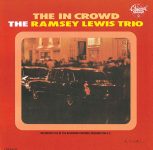

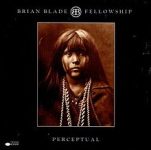
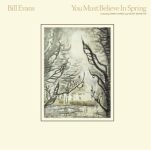
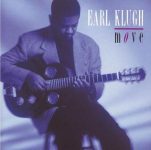
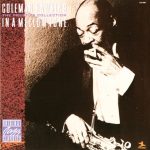

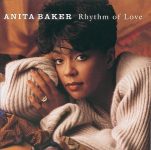
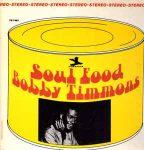
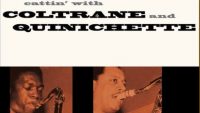
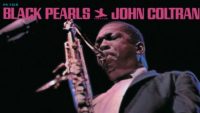
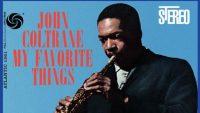


Thanks! Share it with your friends!
Tweet
Share
Pin It
LinkedIn
Google+
Reddit
Tumblr